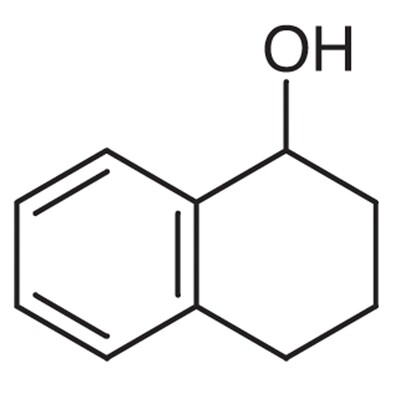Vanadium(V) oxide trichloride 99% 100 g
SKU 008136
€ 155,93
In stock
1
Save this product for later
Vanadium(V) oxide trichloride 99% 100 g
Product Details
CAS number: 7727-18-6
Chemical formulas: VOCl3/ F.W. 173.30/ liquid/ b.p. 126-127/ d. 1.84
Cation: V
Packaging: 100 g
EAN: 8721028259752
Brand: Laboratoriumdiscounter
Vanadium(V) oxide trichloride is a highly versatile compound used in various industrial applications. With its unique properties, it serves as a catalyst in chemical reactions, a precursor for vanadium-based materials, and a key component in the production of batteries and ceramics. Its exceptional stability and reactivity make it an essential compound in the field of materials science and energy storage. Discover the potential of vanadium(V) oxide trichloride for enhancing various processes and advancing technological advancements.
When working with Vanadium(V) oxide trichloride, it is important to follow proper safety precautions to minimize the risk of accidents or exposure. Here are some short safety instructions to consider: 1. Personal Protective Equipment (PPE): Always wear appropriate PPE, including gloves, safety goggles, and a lab coat or protective clothing, to protect your skin, eyes, and clothing from potential contact with Vanadium(V) oxide trichloride. 2. Ventilation: Work in a well-ventilated area or use a fume hood to prevent the inhalation of any vapors or fumes that may be released during handling or reactions involving Vanadium(V) oxide trichloride. 3. Handling and Storage: Handle Vanadium(V) oxide trichloride with care, avoiding any spills or splashes. Store it in a tightly sealed container in a cool, dry place away from incompatible substances. 4. Chemical Compatibility: Avoid contact or mixing Vanadium(V) oxide trichloride with strong oxidizing agents, strong acids, or flammable materials, as it may result in hazardous reactions or releases of toxic gases. 5. Emergency Procedures: Familiarize yourself with the appropriate emergency procedures in case of accidental exposure or spills. Have access to safety showers, eyewash stations, and fire extinguishers in the vicinity. 6. Training and Knowledge: Ensure that you have received proper training and have a good understanding of the properties, hazards, and safe handling practices associated with Vanadium(V) oxide trichloride before working with it. 7. Disposal: Dispose of Vanadium(V) oxide trichloride and any waste materials generated during its use in accordance with local regulations and guidelines. Do not pour it down the drain or dispose of it in regular trash. Remember, these are just general safety instructions, and it is essential to consult the specific safety data sheet (SDS) and follow any additional guidelines provided by the manufacturer or your institution.
Please note, not all safety data for this product is available on our website, for a complete list of P en H sentences and other safety instructions please request the MSDS at our customer service
You May Also Like
![4,6-Dibromo-1H-pyrrolo[3,2-c]pyridine, 98%, 250mg 4,6-Dibromo-1H-pyrrolo[3,2-c]pyridine, 98%, 250mg](https://d2j6dbq0eux0bg.cloudfront.net/images/88473019/4863535661.png)
4,6-Dibromo-1H-pyrrolo[3,2-c]pyridine, 98%, 250mg
4,6-Dibromo-1H-pyrrolo[3,2-c]pyridine, 98%, 250mg
SKU F780191-250MG
€ 130,90

5-(2-Chlorophenyl)-1,3-oxazole, 97.0%, 5g
5-(2-Chlorophenyl)-1,3-oxazole, 97.0%, 5g
SKU F067212-5G
€ 761,20

1,2,3,4-Tetrahydro-1-naphthol>95.0%(GC)25g
1,2,3,4-Tetrahydro-1-naphthol>95.0%(GC)25g
SKU T1111-25G
€ 149,60

(S)-3-Amino-1-N-Boc-piperidine, 97.0%, 25g
(S)-3-Amino-1-N-Boc-piperidine, 97.0%, 25g
SKU F011309-25G
€ 26,40

4-Bromo-3-chloropyridine-2-boronic acid, 97%, 1g
4-Bromo-3-chloropyridine-2-boronic acid, 97%, 1g
SKU F623788-1G
€ 1 113,20
Display prices in:EUR








